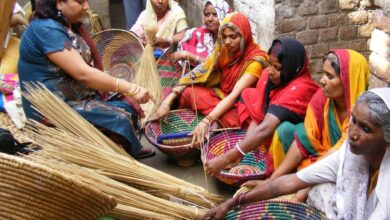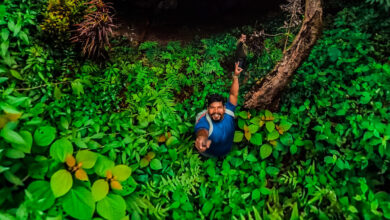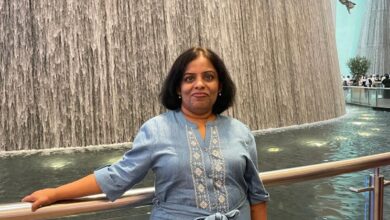Sumaira Abdulali: An environmental activist who survived two deadly attacks and turned a non-issue like sand mining into a global one

We all know that climate change is real and are aware of our contribution to it. In one way or the other, we all advocate sustainable living and try to incorporate it into our lifestyles. Let’s set the clock 20 years back and see the world through Sumaira Abdulali’s eyes. All these years back environmental issues were not a common man’s concern. Even though people were aware of water and air pollution as they suffered from the adverse effects, noise and sand pollution were unheard of. Sand is of course available in abundance everywhere so why even bother considering it a resource? As for noise, Indians love their loudspeakers and over-the-top events where noise is of utmost importance and is enjoyed by all, so who is it really harming?
Well, Sumaira was amongst the very few who understood the negative impacts of both these issues and decided to fight tooth and nail about it until the entire world recognized the threat they were creating with their own hands. She was the very first person to raise the issue of illegal sand mining across coastal areas of Maharashtra. Little did she know that her determination and untameable strength will help her reach a global audience and change government laws. How did she do this? You are about to find out.
How it all began?
Sumaira is a resident of Bombay, Maharashtra. Her childhood home is in a small village called Kihim. She grew up in that place and kept visiting regularly over the years. The activist in Sumaira came to power after she was asked to help get a roadblock cleared from the village. It was blocking their entire route and made it impossible to commute. The year was 1998 and without the knowledge of any legalities and feeling clueless, she still managed to get the roadblock cleared. This lit the activism spark in her and the flame has been burning strong since.
Even though she grew up around environmentalists in her family like Salim Ali, Humayun Abdul Ali, and Zafar Fateh Ali, who were way ahead of their time, she never planned or imagined pursuing this career. She had young kids and wanted to stay at home and spend time with them. However, her life took so many unexpected turns and she couldn’t shut her eyes and see the planet die. So she continued on this path without knowing where it would lead her. Her first act of activism was taxing for her, she made some mistakes and learned on the way. Post that she decided to become an environmentalist but in a less taxing manner as she still wanted to prioritize her family.
Thus began her journey and she volunteered for her uncle who was working on noise pollution and was a member of a committee set up by the Bombay High Court. She did some clerical work a few times a week, started tending to his papers, and took on office work. While working on noise pollution in the year 2003, she visited her childhood home in Kihim. She noticed illegal sand mining in Kihim and decided to put a stop to it. At the time no one was aware of sand being a valuable resource and she was mocked at for taking on this issue. She complained to the authorities but the outcome was the same. The villagers could already see the negative effects of sand mining as the land started disappearing, their kids were falling into craters at the beach, and much more. The illegal mining was under the wing of influential politicians and therefore the authorities didn’t do anything. They challenged Sumaira to catch them red-handed in order to file a case.
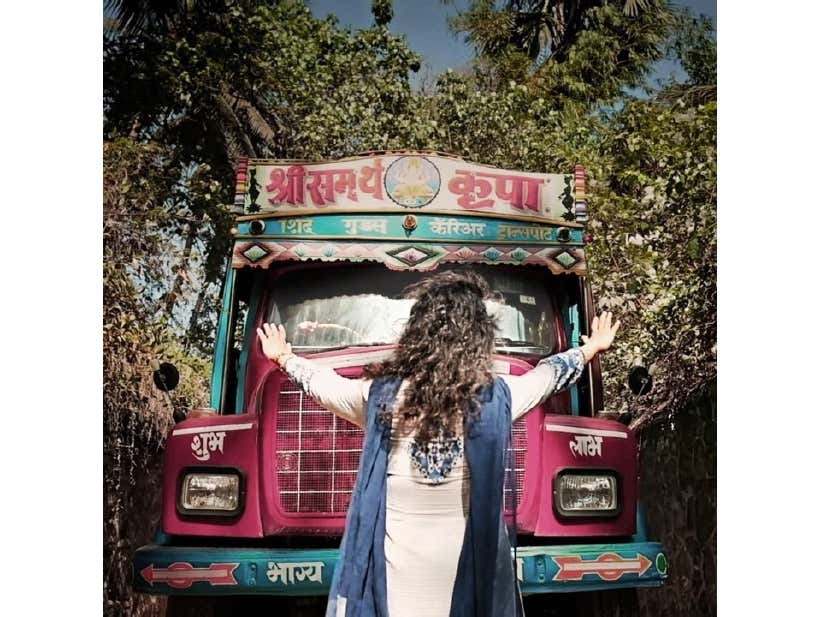
The First Attack
In the year 2004, she decided to do just that. She had set up a roadblock at midnight where sand mining was happening in order to block their trucks and get her proof. They were somehow tipped off about the operation and came back with empty trucks. Sumaira was attacked by the sand mafia and the son of a politician, injured and hospitalized with a paralyzed hand. It was a shock to her system but she realized if someone is willing to hurt her in order to get away with sand, sand mining is a very big issue and needs immediate attention.
On one hand it is such a non issue and on the other hand it is illegal and someone is willing to attack you
This operation was not successful as she managed to get some proof but not enough to file a PIL. A life-threatening attack would have left anyone thinking twice and maybe taking a few steps back but this wasn’t the case for her.
After the attack, I got more power and if you feel scared that is the end of it. If someone attacks you like that you become more determined.

Even though there wasn’t enough proof to take down sand mafias, she decided to publicize the attack. This was the best step that she took at the time as she found out many people had been threatened who were working in the interest of the public. She formed an organization called MITRA ( Movement against Intimidation, Threat and Revenge against Activists) to provide support to all of the activists who feared for their life. It was the only support group at the time and formulated a close-knit network of activists where they were safe and could help each other out.
The Second Attack
The year 2009-10 saw good court orders on the sand mining issue. The court ordered sand mining in coastal districts around Maharashtra to be banned until a proper framework was formed. This rose much-needed awareness amongst the common folk and people started talking about this issue. She received many calls for more information on the subject. Soon after this, another group filed a PIL in Mahad and the ban was extended to all of Maharashtra.
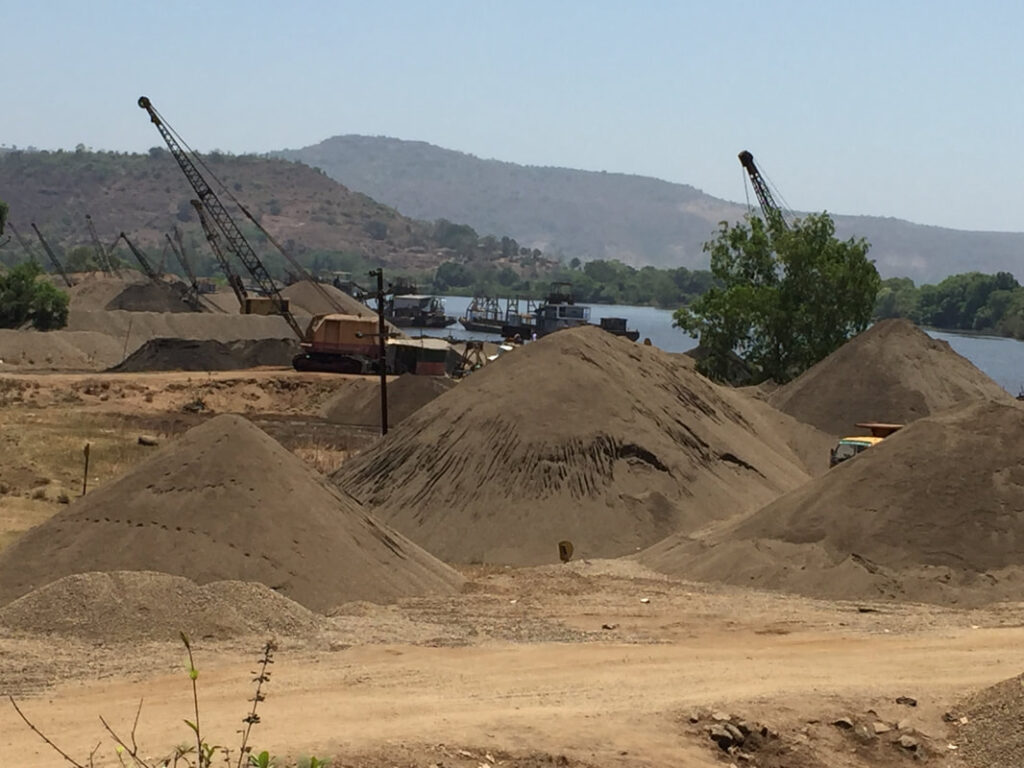
This was just the beginning and the road ahead was going to be even harder. She received calls from Mahad and the locals told her that even after the ban, mining is going on in full swing. They urged her to visit the place and see for herself. It is then she realized that passing an order and getting it implemented are two very different things. This is where she was attacked for a second time. She managed to collect enough proof in the form of pictures that clearly showed the industrial-scale mining happening at Mahad. It again had the involvement of a lot of influential and political people. She was attacked for a second time and it was meant to kill her and made to look like an accident.
Sumaira was usually driven by her driver but that day she had an intuition that something wasn’t right and took the wheel into her hands. Her husband had a lot of experience in driving around dirt tracks and had taught her the same. Soon she realized she was being followed by cars and it turned out to be a high-speed car chase. Her training saved her life that day. The attackers were closing in from all sides, trying to block her but she managed to be one step ahead of them. There was a crash on the bridge with a truck but she made it out okay and wasn’t injured. Her car was totaled and the attackers had planned a 100-foot drop from the bridge to make it look like an accident due to rash driving. After surviving the attack she was questioned by the authorities and booked for rash driving while the attackers went free.
All was not lost as Sumaira feels it was some divine intervention that the court agreed to hold a hearing in relation to the P.I.L filed after the attack on the very next day. She was able to file a petition because of MITRA and it was the first time ever the court took an action against the sand mafia. A charge sheet was filed against them and some people were arrested.
Involvement of the UN
In 2012, Sumaira presented sand mining as an issue at the UN COP 11 Convention on Biodiversity in Hyderabad. To her surprise, she learned that even though coastal issues were at the top of their agenda, they didn’t have a single document on sand, which is what holds the coasts together and is a valuable resource. She participated in the 1st documentary film on sand worldwide called ‘SAND WARS’ and played the trailer at the convention. This got the conversation going and the film got released in 2013. The film was super impactful as it changed the policy on sand mining and won a number of prestigious awards globally. Following this in 2014, the UN came up with the first paper ever on sand mining. It took Sumaira 12 years of hard work and determination to be recognized at a global level and to make a once-called non-issue evident in the world’s eyes.
Sumaira, with the help of a professor, Shyama Sulekhar, had submitted a document to the court stating sustainable alternatives to sand and recycling of debris and industrial waste into the sand. This was the first time recycling was talked about in context with sand. At this time recycling and the circular economy didn’t hold the gravitas it does today. In the year 2015, the government of India came up with sustainable sand mining guidelines. The paper submitted in 2010 was referenced to formulate these guidelines as the government had formed a committee to take the paper into consideration. The committee didn’t take any excerpts from the paper and suggested natural stone as an alternative to natural sand. The crushing and grinding of natural stones into the sand was the worst possible suggestion as it turned the sand mafias into stone mafias and created another problem. Sometimes in life, you set out to do good and unimaginable consequences happen. This is exactly what happened here as the outcome of all the efforts wasn’t what anyone had been expecting. Since Sumaira is a warrior she continued pursuing this issue and didn’t give up for even a second.
In 2018, the UN held its very first roundtable conference in Geneva. Sumaira was invited virtually as their keynote speaker. This led to the formulation of the first proper report on san as it contained all the insights about the issue. UN environment program took this report on board and passed a resolution as part of their mineral resource governance document listing sand for the first time as an important resource that must be addressed globally. Sumaira, after the COP 11 Convention had brought it to the UN’s attention that sand mining should be a global political agenda as it is internationally traded. The highest global trade and mineral extraction are of sand as without sand our civilization will cease to exist. Sand is used in all forms of construction, concrete is made of sand, and glass is made of sand and therefore there is a huge demand. For instance, the whole of Dubai has been constructed by importing sand from Australia.
Effects of Sand Mining
Sand is the start of it all and it is where the coastal ecosystem thrives. Mangroves grow there, fish spawn there, rivers change their course due to the sand and so much more. When we take sand out of the equation, we are disturbing an entire ecosystem. Rivers follow a natural course and sand mining destroys natural aquifers. When the river water which is saline empties into the land, it goes through creeks before entering the groundwater table. Due to sand mining, the saline water enters the sweet ground water table making it impure and changing the balance of things.
Sand mining also contributes to climate change and worsens the effects of natural disasters like floods as there is no land to hold back water. It causes the rise in sea level and is the reason for utter chaos in the coastal ecosystem. This adversely affects the lives of many species that depend on the sand for their survival as well as local farmers and fishermen of the area. We are losing land at a rate much faster than possible to replenish it.
The Impact?
Following these series of events, in 2020 the government of India came out with a new policy document addressing sand mafias for the very first time. Since there is very little activism on the ground related to sand mining, it was a big achievement. This is a scary and dangerous field but whatever activism is there brought about subsequent changes in the policy. Police officers and activists are often seen entering these areas under disguises as they fear for their lives. Sand involves some very powerful people and a lot of political support.
It’s lucky that I survived because I am here to tell the story
Thinking about the impact, Sumaira took up an issue that had no set procedures, no set of rules, or a roadmap for her to follow. There was no data of any kind on sand and sand mining and therefore through her rigorous efforts the issue has been documented and sand has been recognized as a valuable resource that needs protection. A group in Thottappally, Kerala has been holding a Satyagrah Relay for more than a year now against illegal sand mining of rare mineral-rich sand on their beaches. The mining poses a threat of clearing out 3 Gram Panchayats from the face of the earth in the future.
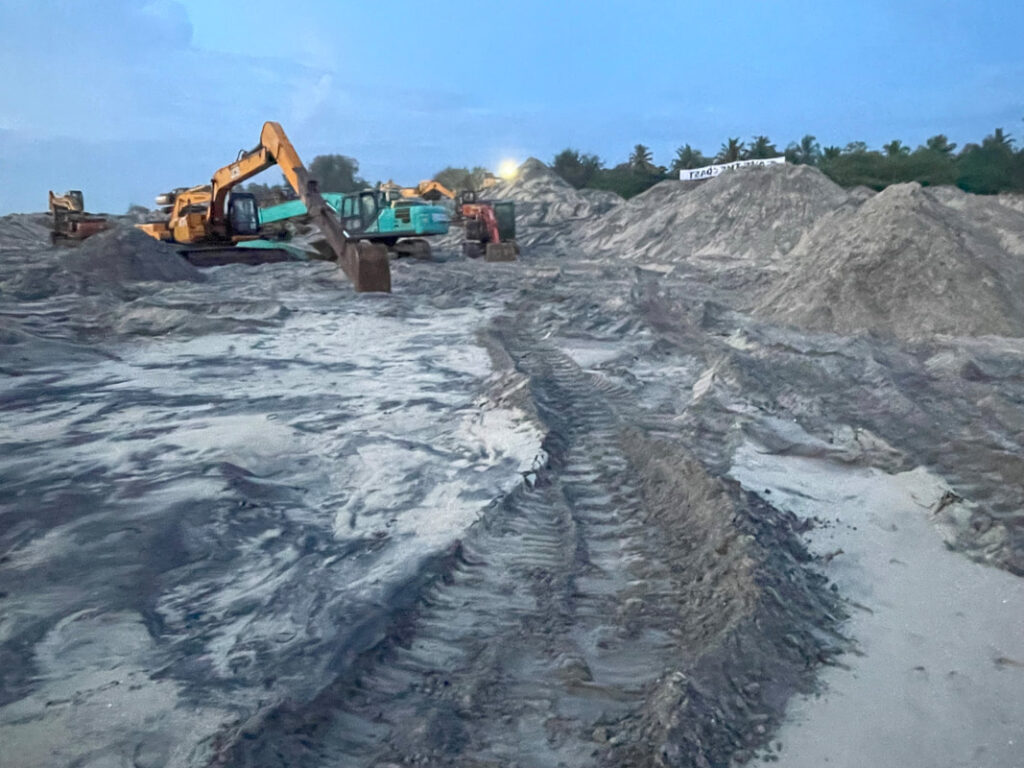
Sumaira continues the good work and encourages everyone to save the planet we all call home. Even though sand mining is still taking place after all the rules and regulations, she continues to present her findings and new data to the courts and pushes them to come up with stricter policies. She doesn’t just hope for a better but works relentlessly to make that happen. She has participated in and initiated many campaigns to raise awareness about sand mining, noise pollution, and many other environmental issues. The details of all these projects are available on her website Awaaz Foundation.
Stay tuned for Part 2!
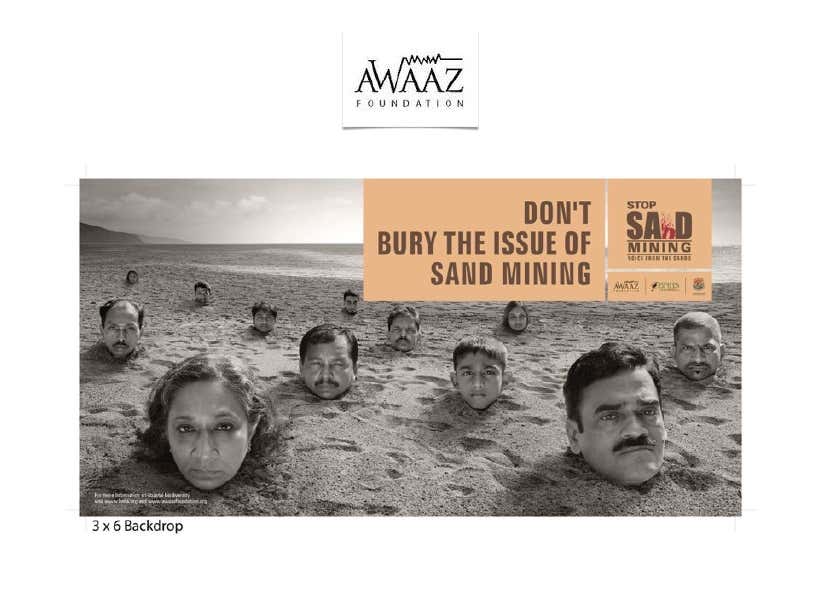
sute

